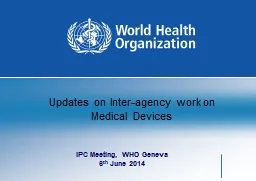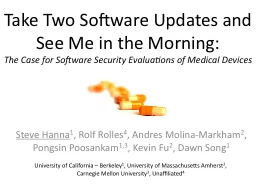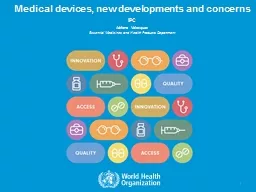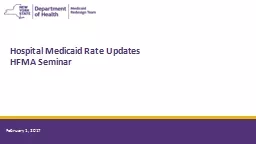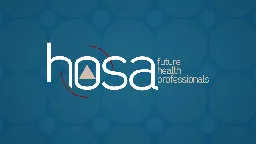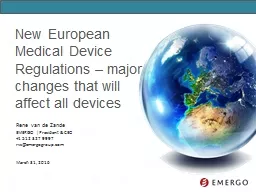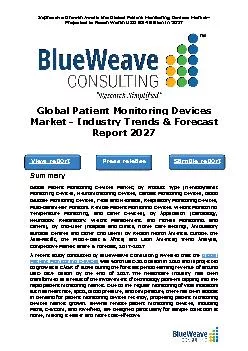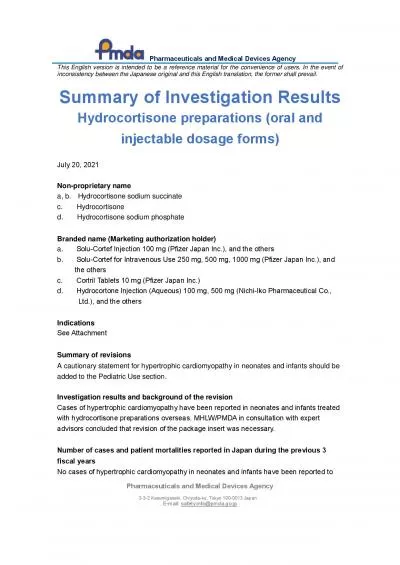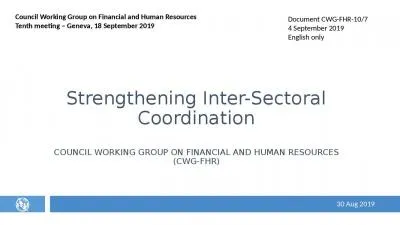PPT-Updates on Inter-agency work on Medical Devices
Author : stefany-barnette | Published Date : 2016-09-09
IPC Meeting WHO Geneva 6 th June 2014 Medical devices Interagency list for reproductive maternal new born and child care Technical specifications Nomenclature UNCLSC
Presentation Embed Code
Download Presentation
Download Presentation The PPT/PDF document "Updates on Inter-agency work on Medical ..." is the property of its rightful owner. Permission is granted to download and print the materials on this website for personal, non-commercial use only, and to display it on your personal computer provided you do not modify the materials and that you retain all copyright notices contained in the materials. By downloading content from our website, you accept the terms of this agreement.
Updates on Inter-agency work on Medical Devices: Transcript
Download Rules Of Document
"Updates on Inter-agency work on Medical Devices"The content belongs to its owner. You may download and print it for personal use, without modification, and keep all copyright notices. By downloading, you agree to these terms.
Related Documents

